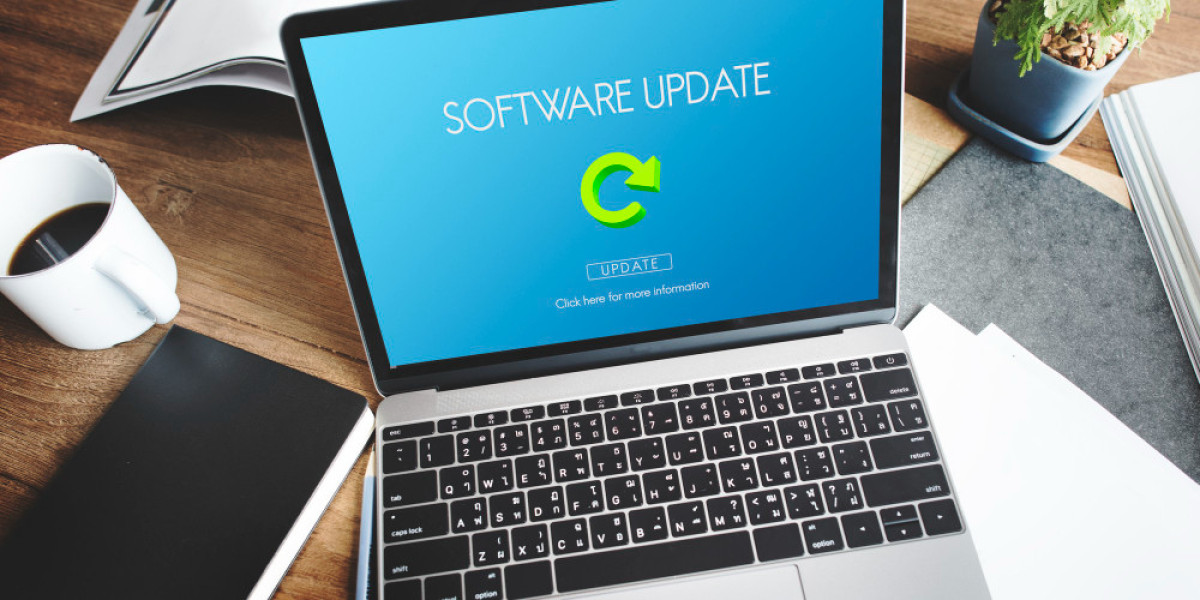Modernizing legacy software is a critical step for businesses aiming to stay competitive in an ever-evolving technological landscape. Legacy systems, while often reliable, can be cumbersome and limit your organization's ability to adapt to new business requirements and technological advancements. Partnering with a legacy software modernization company can provide the expertise and solutions needed to rejuvenate these systems, enhance efficiency, and ensure long-term sustainability.
Here are the top 8 tips for planning your legacy software modernization project to ensure a smooth transition and successful outcomes.
1. Assess Your Current System
Before embarking on a modernization journey, it's essential to thoroughly assess your existing legacy system. Understand its architecture, functionality, and the business processes it supports. Identify pain points, limitations, and areas that need improvement. This assessment will provide a clear picture of what needs to be modernized and help in formulating a strategic plan.
Key Steps:
- Document System Components: Create a detailed inventory of the system's components, including databases, interfaces, and code.
- Evaluate Performance: Assess the performance, reliability, and scalability issues of the current system.
- Identify User Needs: Gather input from users to understand their needs and expectations from the modernized system.
2. Define Clear Objectives
Establishing clear objectives for the modernization project is crucial. Define what you hope to achieve with the modernization, such as improved performance, enhanced security, or better user experience. Clear goals will guide the project, help in decision-making, and set benchmarks for measuring success.
Objectives to Consider:
- Improved Functionality: Enhancing the capabilities and features of the existing system.
- Increased Efficiency: Streamlining processes to reduce operational costs and time.
- Enhanced Security: Addressing security vulnerabilities and ensuring data protection.
3. Choose the Right Modernization Approach
There are several approaches to modernizing legacy software, including replatforming, refactoring, rearchitecting, and rebuilding. Each approach has its own set of benefits and challenges. Choose the approach that best aligns with your project goals, budget, and timeline.
Common Approaches:
- Replatforming: Moving the system to a new platform without major changes to its functionality.
- Refactoring: Improving the internal structure of the code while keeping the existing functionality.
- Rearchitecting: Redesigning the system architecture to better support modern requirements.
- Rebuilding: Developing a new system from scratch to replace the legacy system.
4. Develop a Comprehensive Migration Plan
A well-defined migration plan is essential for ensuring a smooth transition from the legacy system to the modernized solution. The plan should include detailed steps for data migration, system integration, testing, and deployment.
Migration Plan Components:
- Data Migration Strategy: Outline how data will be transferred from the old system to the new one, including data cleansing and validation processes.
- Integration Plan: Define how the new system will integrate with existing systems and applications.
- Testing Procedures: Develop a testing strategy to identify and address issues before going live.
- Deployment Schedule: Create a timeline for rolling out the new system with minimal disruption to business operations.
5. Involve Key Stakeholders
Engaging key stakeholders throughout the modernization process is crucial for gaining support and ensuring the project meets their needs. Involve stakeholders from various departments, including IT, business units, and end-users, to gather input, address concerns, and align the project with organizational goals.
Stakeholder Engagement:
- Regular Meetings: Schedule regular meetings with stakeholders to provide updates and gather feedback.
- Change Management: Implement change management strategies to address any resistance and ensure a smooth transition.
- User Training: Provide training for end-users to help them adapt to the new system and maximize its benefits.
6. Focus on User Experience
A modernized system should enhance the user experience by being intuitive, responsive, and user-friendly. Prioritize user experience (UX) design in your modernization project to ensure that the new system meets user needs and expectations.
UX Design Considerations:
- Intuitive Interfaces: Design interfaces that are easy to navigate and use.
- Performance: Ensure the system is responsive and performs well under varying loads.
- Accessibility: Make the system accessible to users with different abilities, including compliance with accessibility standards.
7. Ensure Scalability and Flexibility
Scalability and flexibility are key considerations for modernizing legacy software. The new system should be able to handle future growth and adapt to changing business needs without requiring significant rework or additional investments.
Scalability and Flexibility Tips:
- Modular Design: Use a modular design approach to allow for easy updates and additions.
- Cloud Integration: Consider cloud-based solutions for greater scalability and flexibility.
- Future-Proofing: Design the system with future trends and technologies in mind to ensure long-term relevance.
8. Monitor and Evaluate Post-Implementation
After the modernized system is deployed, continuous monitoring and evaluation are essential for ensuring its success. Track performance metrics, gather user feedback, and address any issues that arise to ensure the system meets its objectives and provides value to the organization.
Post-Implementation Activities:
- Performance Monitoring: Use monitoring tools to track system performance and identify any issues.
- User Feedback: Collect feedback from users to assess their satisfaction and identify areas for improvement.
- Continuous Improvement: Implement a plan for ongoing maintenance and updates to keep the system current and effective.
Conclusion
Planning a legacy software modernization project involves careful consideration of various factors, from assessing the current system to choosing the right modernization approach and engaging stakeholders. By following these top 8 tips, you can create a robust plan that addresses your organization’s needs, minimizes risks, and sets the stage for a successful modernization effort.
A well-executed modernization project not only enhances the functionality and performance of your software but also positions your organization for future growth and success.



